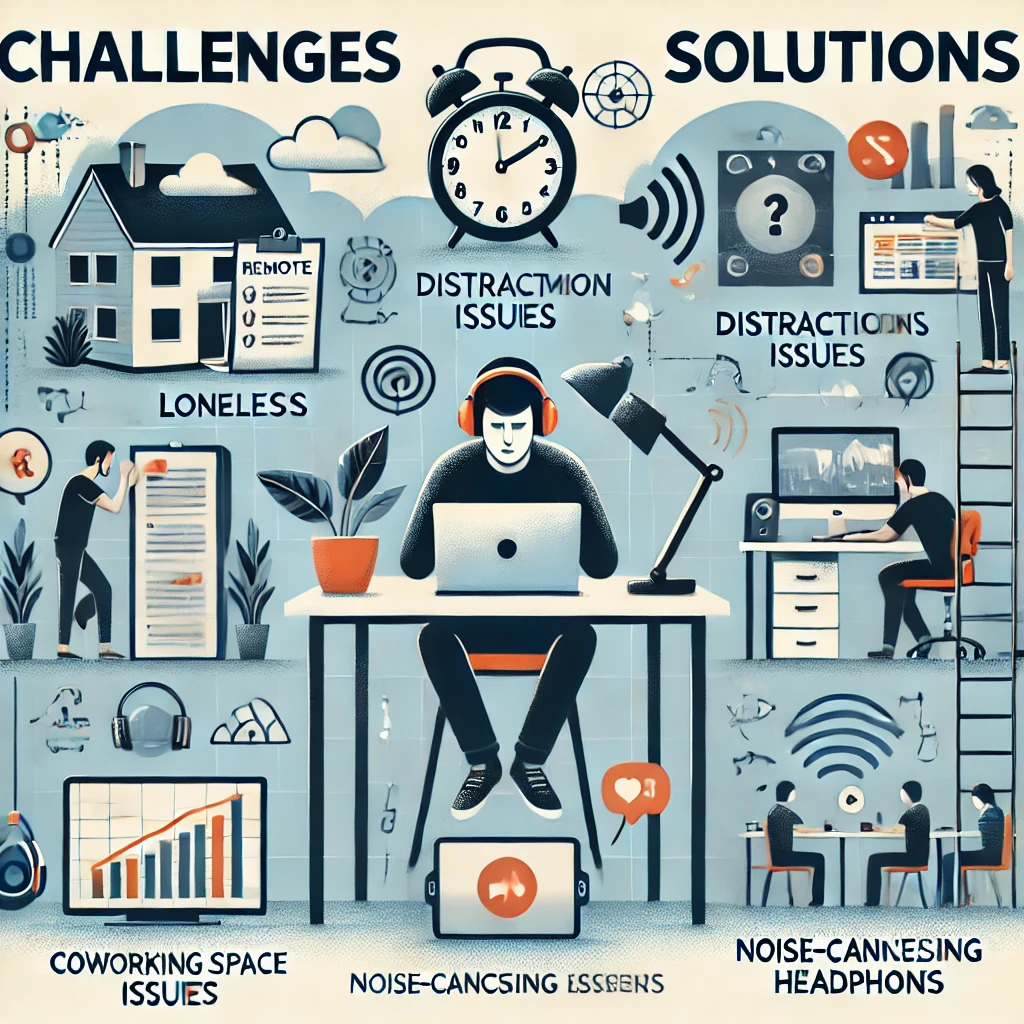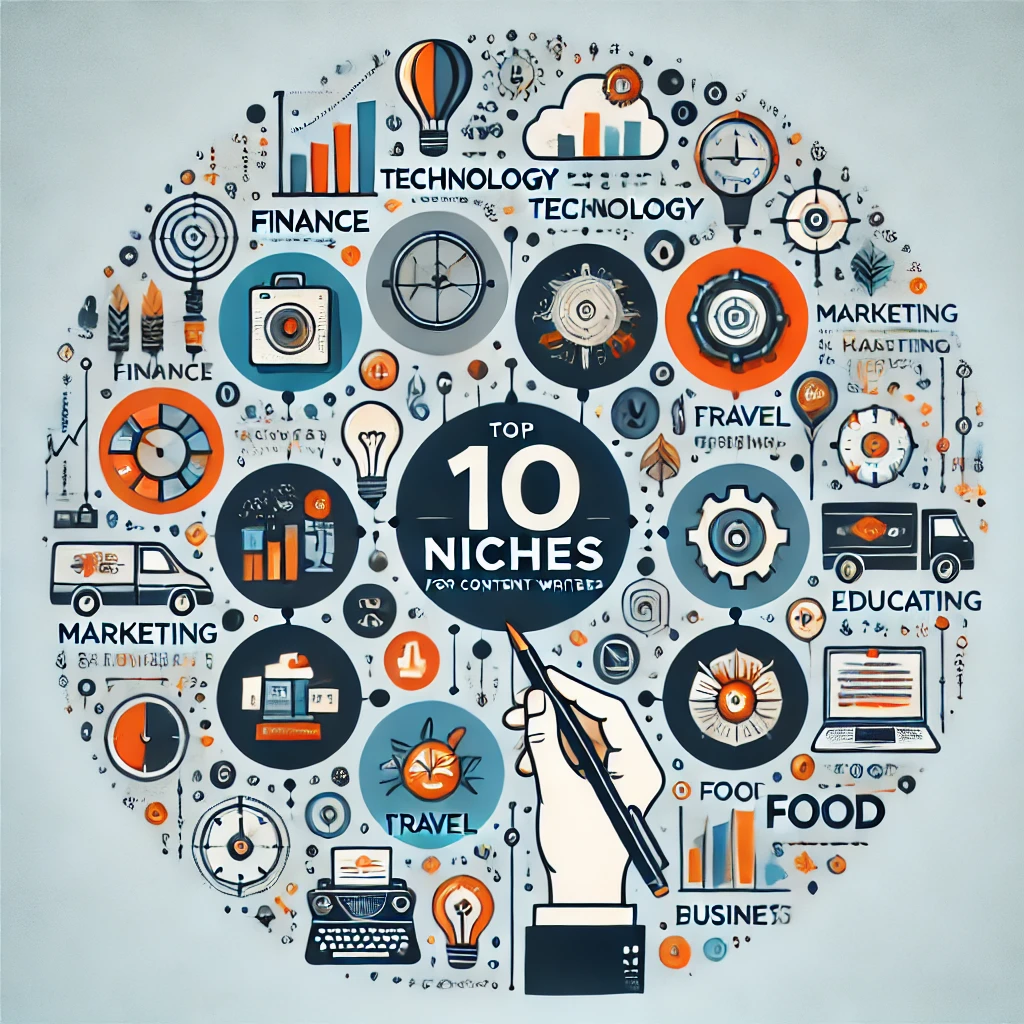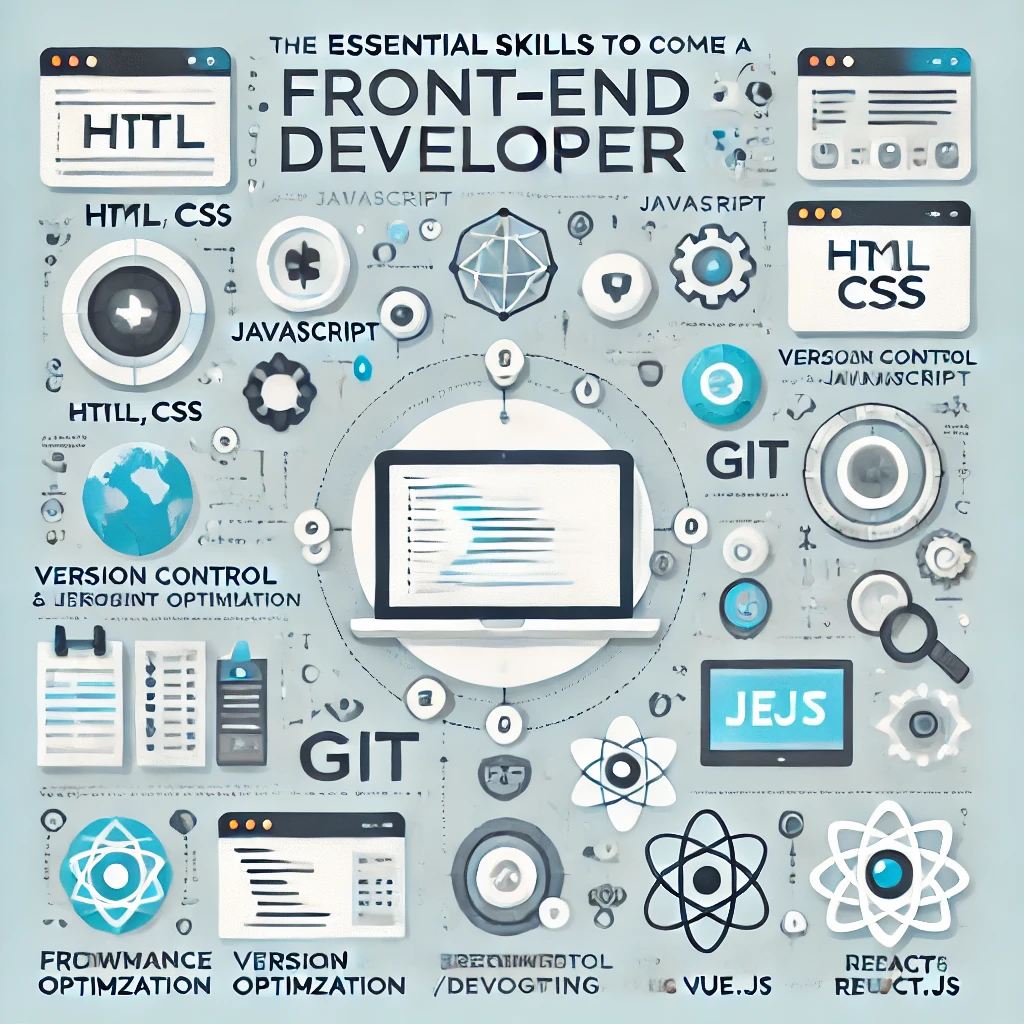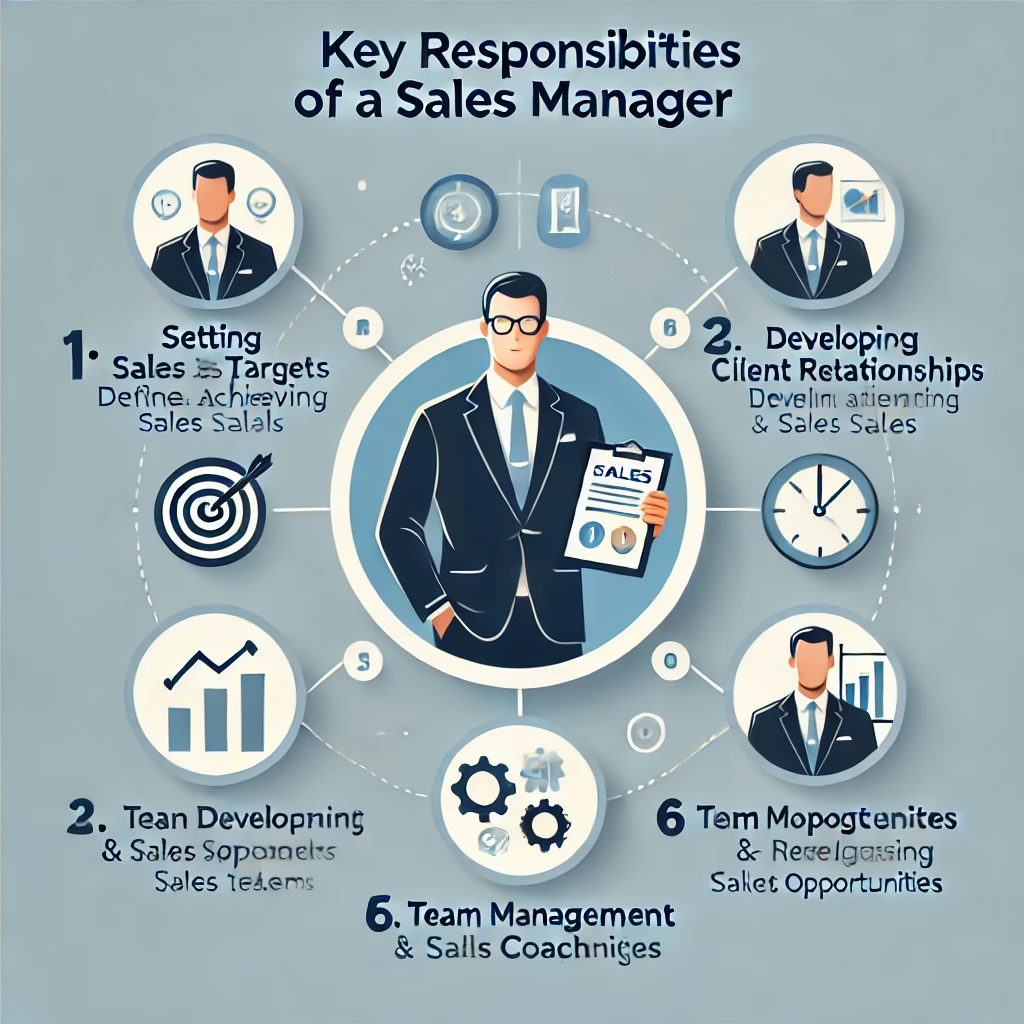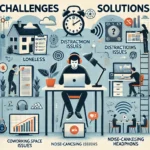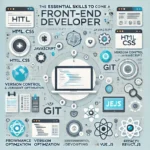How To Become A Graphics Designer – Graphic design involves learning the skills to create visual content using various software and artistic techniques. It requires creativity and technical expertise to design logos, websites, advertisements, and other visual materials that convey messages effectively.
How To Become A Graphics Designer
![How To Become A Graphics Designer [Full Work Guide]](https://hellowork-guide.com/wp-content/uploads/2024/11/Firefly-How-To-Become-A-Graphics-Designer-with-laptop-and-designinign-86917-300x300.jpg)
Responsibilities of a Graphic Designer
A graphic designer’s role involves creating visual content that communicates messages effectively. Here are some of the key responsibilities:
- Creating Visual Concepts: Graphic designers turn ideas into visuals, whether for a brand, advertisement, or website.
- Brand Identity Design: They help businesses create a unique visual identity, including logos, color schemes, and typography.
- Developing Marketing Materials: Designers create brochures, banners, social media graphics, and other promotional materials.
- Website and App Design: Many graphic designers specialize in designing user interfaces for websites and apps, focusing on usability and aesthetics.
- Collaborating with Clients and Teams: Designers often work with marketing teams, clients, and developers to ensure the final product meets the desired objectives.
Skills Required to Become a Graphic Designer
To succeed as a graphic designer, Here are the essential skills you should develop:
- Creativity: The core of graphic design is creativity. You need to be able to think outside the box and come up with unique visual solutions.
- Proficiency in Design Software: Familiarity with software like Adobe Photoshop, Illustrator, InDesign, and Canva is crucial.
- Typography and Layout Design: Understanding fonts, spacing, and the arrangement of text is key to creating appealing visuals.
- Color Theory: Knowing how to use colors effectively can make your designs stand out and communicate emotions.
- Attention to Detail: Small mistakes can ruin a design. A keen eye for detail is a must. Communication Skills: Graphic designers need to listen to clients and convey their ideas clearly.
- Time Management: Deadlines are a big part of a designer’s life, so strong time management skills are essential.
Educational Paths and Certifications for Graphic Designers
There are several ways to become a graphic designer, depending on your preferred learning style and career goals:
-
Formal Education
A Bachelor’s degree in Graphic Design or Visual Arts is a traditional path. These programs typically cover design principles, typography, digital illustration, and portfolio development.
-
Online Courses
Platforms like Coursera, Udemy, and Skillshare offer courses in graphic design for beginners and advanced learners. These courses often focus on software skills, design theory, and project-based learning.
Getting certified in tools like Adobe Photoshop or Illustrator can boost your credibility. Adobe offers recognized certifications that demonstrate your proficiency in their software.
-
Self-Study
With so many free resources available, you can teach yourself graphic design. Watching YouTube tutorials, reading design blogs, and practicing regularly can help you build a strong portfolio.
How to Build a Strong Portfolio as a Graphic Designer
Your portfolio is your most important tool as a graphic designer. It showcases your skills, style, and creativity to potential employers and clients. Here’s how you can create a strong and impressive portfolio:
- Include a Variety of Projects: Show different types of design work, such as logos, social media graphics, website layouts, packaging designs, and posters. This helps demonstrate your versatility.
- Select High-Quality Work: Only include your best designs. A strong portfolio with fewer high-quality pieces is better than a large collection of average work.
- Create Mock Projects: If you’re new to graphic design and don’t have client work yet, create mock projects. Design logos for fictional companies or redesign a popular brand’s website to showcase your skills.
- Showcase the Design Process: Include details about how you created each project. Explain the problem, your ideas, and the steps you took to reach the final design. This helps others understand your creative thinking.
- Build an Online Portfolio: Use websites like Behance, Dribble, or your own personal website to display your work. An online portfolio makes it easy for employers and clients to view your projects.
- Keep It Updated: Add new projects to your portfolio regularly. This shows that you are active and always improving your skills. Remember, your portfolio should reflect your personal style as a graphic designer. Make it creative, professional, and easy to navigate.
Steps to Land Your First Job as a Graphic Designer
Finding your first job as a graphic designer can be challenging, but with the right approach, you can increase your chances of success. Here are some steps to help you get started:
- Start Networking Early: Connect with other graphic designers, join design communities, and participate in design events. Networking can help you learn about job openings and get recommendations.
- Apply for Internships: Internships are a great way to gain practical experience and build your portfolio. Many companies offer internships for graphic design students or beginners. Even if it’s unpaid, the experience can be valuable for your career.
- Create Personal Projects: Don’t wait for client work to showcase your skills. Design your own projects, such as a rebranding of a well-known company or designing posters for a fictional event. Personal projects can demonstrate your creativity and initiative.
- Use Job Portals and Social Media: Websites like LinkedIn, Indeed, and Naukri.com often have listings for graphic design jobs. Follow design companies on social media and keep an eye out for job postings.
- Tailor Your Resume and Portfolio: When applying for jobs, customize your resume and portfolio to match the job description. Highlight relevant projects and skills that align with what the employer is looking for.
- Prepare for the Interview: Be ready to discuss your design process and show examples from your portfolio. Practice talking about your projects and explaining the choices you made in your designs.
Top Tools and Software Every Graphic Designer Should Know
To thrive in the industry, graphic designers must master a range of tools and software. Here are some essential ones:
- Adobe Photoshop: Perfect for image editing and digital art, Photoshop is a must-have for graphic designers. Adobe Illustrator: Ideal for creating vector graphics, logos, and illustrations.
- Canva: A user-friendly platform for quick designs, handy for social media graphics and presentations.
- Figma: A collaborative tool widely used for UI/UX design and prototyping.
- CorelDRAW: Another vector graphic software that’s popular for logo and brochure design. Knowing these tools will make you versatile and help you handle a variety of design projects.
Career Growth Opportunities for Graphic Designers
The graphic design field offers numerous paths for career advancement:
- Junior Graphic Designer: Entry-level role focusing on basic design tasks under supervision.
- Senior Graphic Designer: Leads projects and guides junior designers, with a strong focus on branding and creative strategy.
- Art Director: Oversees the visual style and content of campaigns, ensuring consistency across all materials.
- Creative Director: Manages entire creative departments and makes high-level decisions on design strategies.
- Freelance Graphic Designer: Allows for flexibility, with the potential to work with various clients across industries.
The Importance of Keeping Up with Design Trends
Graphic design is a field that constantly improves and it is influenced by several changes in technology, culture, and consumer preferences. Staying updated with design trends is crucial for any graphic designer. Here’s why:
- Helps Stay Relevant: Clients and employers often look for designers who can create trendy, modern designs that resonate with the current audience.
- Boosts Creativity: Exploring new trends can inspire fresh ideas and help you break out of creative blocks.
- Demonstrates Expertise: When you incorporate the latest trends, it shows that you are aware about what’s happening in the design world.
How to Build a Strong Personal Brand as a Graphic Designer
Building a personal brand is essential for standing out in the competitive field of graphic design. Here’s how to do it:
- Create a Unique Visual Identity: Design a personal logo, choose a consistent color scheme, and develop a style that reflects your personality as a designer.
- Maintain a Consistent Online Presence: Regularly update your portfolio on websites like Behance and Dribble. Share your projects on social media platforms like Instagram and LinkedIn.
- Engage with the Design Community: Participate in online design challenges, contribute to forums, and attend networking events to connect with other designers.
- Showcase Client Testimonials: Positive reviews from clients can boost your credibility and attract new business.
Top Specializations in Graphic Design
Graphic design is a broad field with various specializations. Choosing a niche can help you stand out and focus your skills. Here are some popular specializations:
- Brand Identity Design: They focus on creating logos, brand guidelines, and visual assets that represent a company’s identity.
- Web and UI/UX Design: This involves designing websites, mobile apps, and user interfaces with a focus on user experience and usability.
- Illustration and Digital Art: If you enjoy drawing and creating original artwork, this specialization allows you to produce illustrations for books, ads, and online media. Motion
- Graphics Design: It Combines animation, video editing, and design to create engaging visuals for videos, advertisements, and social media.
- Print Design: Focuses on designing materials for print, including magazines, brochures, business cards, and packaging.
How to Find Clients as a Freelance Graphic Designer
Finding clients as a freelance graphic designer can be challenging. Here are some tips:
- Leverage Online Marketplaces: Platforms like Upwork, Fiverr, and Freelancer are great for finding design projects, especially when you are just starting.
- Create a Strong Online Portfolio: A well-crafted portfolio on Behance, Dribble, or your website can attract clients and showcase your best work.
- Use Social Media for Promotion: Platforms like Instagram and LinkedIn are excellent for sharing your work and networking with potential clients.
- Ask for Referrals: Don’t hesitate to ask satisfied clients for referrals. Word-of-mouth can be a powerful tool in getting new business.
- Join Design Communities: Participate in online design forums, attend networking events, and join local design meetups to meet potential clients and collaborators.
Conclusion on How To Become A Graphics Designer
Becoming a graphic designer is an exciting journey that offers creative freedom and enough career opportunities. By developing the right skills, building a strong portfolio, and staying updated with industry trends.

